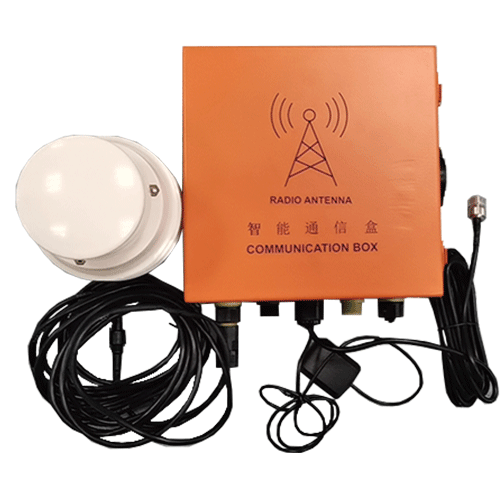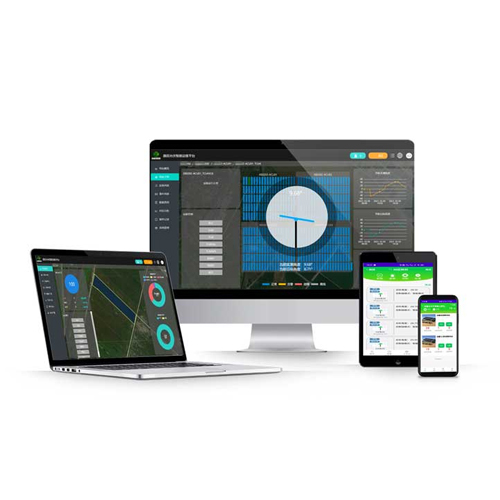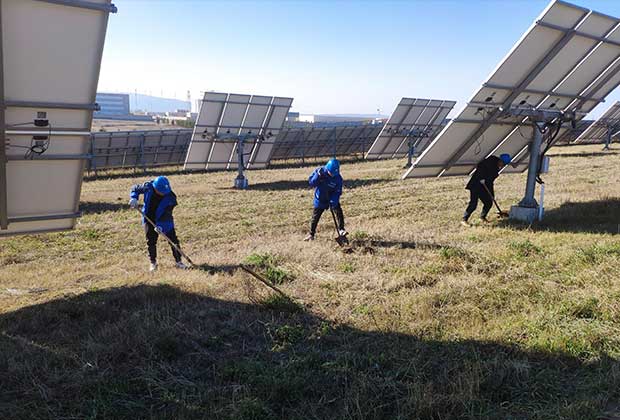Solar trackers let your solar panels follow the sun's path across the sky, like sunflowers, so they can generate more solar energy. However, solar tracking systems also come at a high price.
Is the extra solar power worth the extra cost of a solar tracker? In most cases, it makes more sense to simply install more solar panels.
Ⅰ. What is a solar tracker?
A solar tracker is a device that follows the sun as it moves across the sky. When solar trackers are combined with solar panels, the panels can follow the sun's path, producing more renewable energy for you to use.
Solar trackers are often paired with ground-mounted solar systems, but more recently, roof-mounted trackers have also appeared on the market.
Typically, the solar tracking device will be attached to the bracket of the solar panel. From there, the solar panels will be able to move with the sun.
Ⅱ. The classification of solar tracker systems
The way a solar tracking system moves depends on its type of system. There are three types of sun tracking systems.
1. Manual solar tracker
Manual trackers require someone to physically adjust the panels at different times of the day to follow the changing sun. This is not always practical as you need someone to constantly monitor the sun and change the position of the solar panel system.
2. Passive solar tracker
Passive trackers contain a low-boiling liquid that evaporates when exposed to solar radiation. When the liquid evaporates, the tilted system becomes unbalanced. This imbalance causes the panels to tilt in the direction of the sun's rays.
3. Active solar tracker
Active solar tracker relies on electric motors or hydraulic cylinders to change position. Motors in the active tracker will move the photovoltaic panels so that they face the sun. While this is more convenient than a manual tracker, the moving parts inside the motor can be easily damaged. This can lead to higher maintenance costs over the life of the system.
From here, solar trackers can be further categorized based on the direction they are moving:
(1) Single-axis solar tracker
The single axis solar tracker moves from east to west following the position of the sun. These are typically used for utility-scale projects. Single-axis trackers can increase yields by 25 to 35 percent.
(2) Dual axis solar tracker
This tracker not only tracks the sun as it moves from east to west, but also tracks it as it moves from north to south. Dual-axis trackers are more common in residential and small commercial solar projects where space is limited so they can produce enough power to meet energy needs.
 English
English  中文
中文



